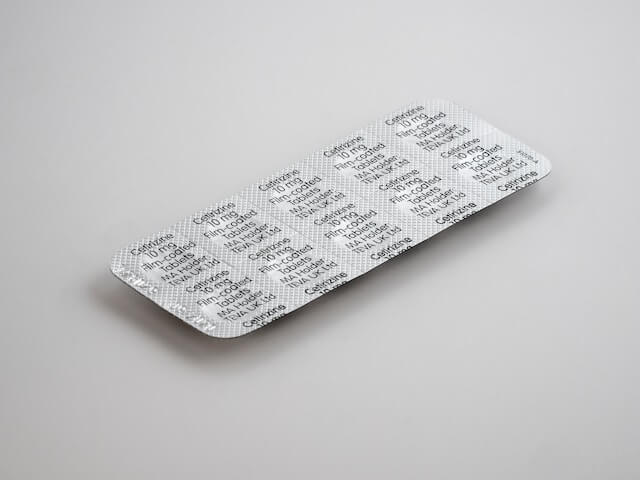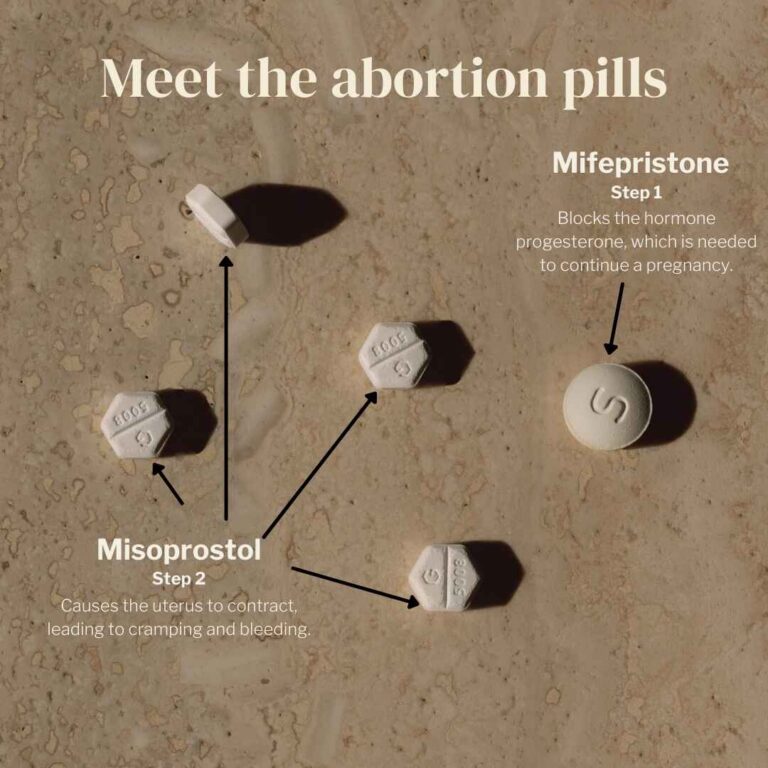Book Appointment Now

Common Side Effects of Abortion Pills And How to Manage Them Safely
Medical abortion is a safe and effective way to end an early pregnancy using medication, typically a combination of mifepristone and misoprostol. While these pills are widely used around the world, with support from organizations like the World Health Organization (WHO). Many people still have questions about what to expect, especially when it comes to side effects. And it’s understandable, abortion is a serious issue, regardless of how you take it, not to mention the uncertainty of what comes next; will my fertility get complications? Will I survive?
So, if you’re considering or already going through a medical abortion, knowing the common side effects and how to manage them can help you feel more confident, in control, and safe, which is why I am compiling this for you.
1. What to Expect: Common Side Effects After Taking Abortion Pills
The side effects from abortion pills usually start after taking misoprostol, the second medication, which mimics what you might experience during a heavy period or miscarriage. Here are the most common ones:
Cramping and Pain
Strong uterine cramping is expected and means the pills are working. This cramping typically begins within a few hours of taking misoprostol and can last several hours, tapering off over the next few days.
Vaginal Bleeding
Bleeding can be heavier than a normal period, especially during the first few hours. You may pass clots as your uterus empties. Light spotting can continue for up to two weeks or even longer.
Nausea, Vomiting, and Diarrhea
These symptoms are quite common, especially with misoprostol, and usually resolve within a day. Eating something light before taking the medication may help.
Fever and Chills
A slight fever of under 38°C or 100.4°F and chills are common side effects of misoprostol and typically last a few hours…but be on the look out for extremes as those are a red flag.
Fatigue, Headache, and Dizziness
As your body goes through the process, it’s natural to feel drained. These symptoms are temporary and often resolve on their own with rest and hydration.
Emotional Ups and Downs
It’s not unusual to experience a mix of emotions, relief, sadness, anxiety, or even guilt. Whatever you feel is valid. Support from a friend or mental health professional can make a big difference. We at Dr. Joy clinic are always here for you. Reach out anytime.
Feel free to look through our Day-to-Day Timeline of What to Expect During a Medical Abortion
2. How to Manage Side Effects Safely
Knowing how to care for yourself during a medical abortion is empowering, and here are some great ways to ease the discomfort:
For Pain and Cramping
-
NSAIDs like ibuprofen (400–800 mg every 6–8 hours) work best. Avoid aspirin as it can increase bleeding.
-
Heating pads and warm baths help relax your body.
-
Deep breathing and light movement, like stretching, can also ease the intensity.
For Nausea and Vomiting
-
Try taking the medication with food.
-
Over-the-counter remedies like dimenhydrinate or doxylamine can help, especially if you’re very nauseous.
-
Stay hydrated with water, herbal teas, or electrolyte drinks.
For Diarrhea
-
Diarrhea is usually brief and doesn’t need treatment.
-
If it’s excessive, loperamide (Imodium) can be taken safely.
-
Stick to bland foods like toast, bananas, or rice until it passes.
For Fever and Chills
-
Take acetaminophen (paracetamol) or ibuprofen to reduce fever.
-
If fever persists beyond 24 hours or rises above 38°C (100.4°F), consult a healthcare provider.
For Emotional Support
-
Talk to someone you trust or a counselor.
-
Journaling, meditating, or simply taking time to rest can also help.
-
WHO emphasizes the importance of access to mental health support in abortion care.
3. When to Seek Medical Help: Warning Signs You Shouldn’t Ignore
While complications are rare, some symptoms need professional attention. Contact a healthcare provider if you experience:
-
Extremely heavy bleeding: Soaking two or more large pads per hour for more than 2 consecutive hours.
-
Severe abdominal pain that doesn’t respond to painkillers.
-
Fever over 38°C (100.4°F) lasting more than 24 hours.
-
Foul-smelling discharge or ongoing symptoms of infection.
-
No bleeding at all within 24 hours of taking misoprostol, which may indicate the medication didn’t work.
According to WHO guidelines, medical abortion is generally very safe when taken within the first 10 weeks of pregnancy. But knowing when to seek follow-up care is a key part of using these medications safely.
Here are 5 Dangerous Myths About Medical Abortions Debunked by Experts
4. Rare Complications: What the Data Shows
Serious side effects are extremely rare, but based on global studies:
-
Incomplete abortion happens in 2–10% of cases.
-
Infection or sepsis occurs in less than 0.5% of users.
-
Blood transfusion is needed in fewer than 0.1% of cases.
WHO also notes that with proper self-management support and access to follow-up care, most people can safely take abortion pills outside of a clinical setting.
5. Aftercare: What Happens Next?
Your body may continue to bleed lightly for 1–2 weeks. You’ll want to:
-
Use pads instead of tampons.
-
Avoid penetrative sex for at least a week or until bleeding stops.
-
Take time for rest, reflection, and self-care.
-
Schedule a follow-up appointment (in person or virtual) to confirm completion of the abortion if needed.
Some people use a home pregnancy test after two weeks. If it’s still positive after four weeks, follow up with a provider.
Medical abortion is a safe, private, and accessible option for many. Like any process involving your health, being informed about what’s normal and what’s not is the best way to stay safe and empowered. Most importantly, know that you’re not alone.
If you need more and in-depth information, this is a great place to start: How to manage the side effects of an abortion with pills.
If you’re supporting someone through this process, patience, empathy, and non-judgmental care can make all the difference… How Medical Abortion Pills Work: A Complete Guide to Safe Home Use



